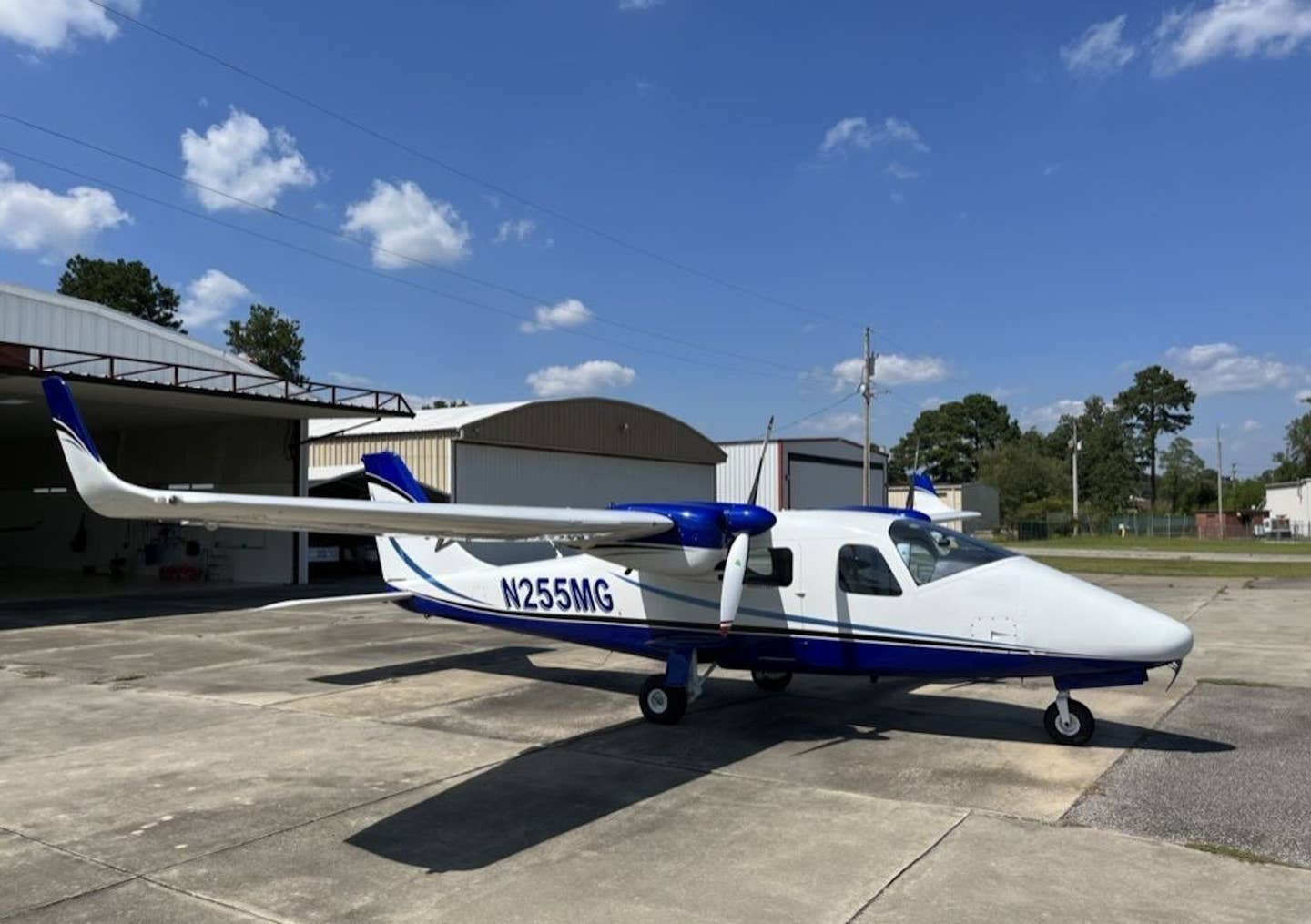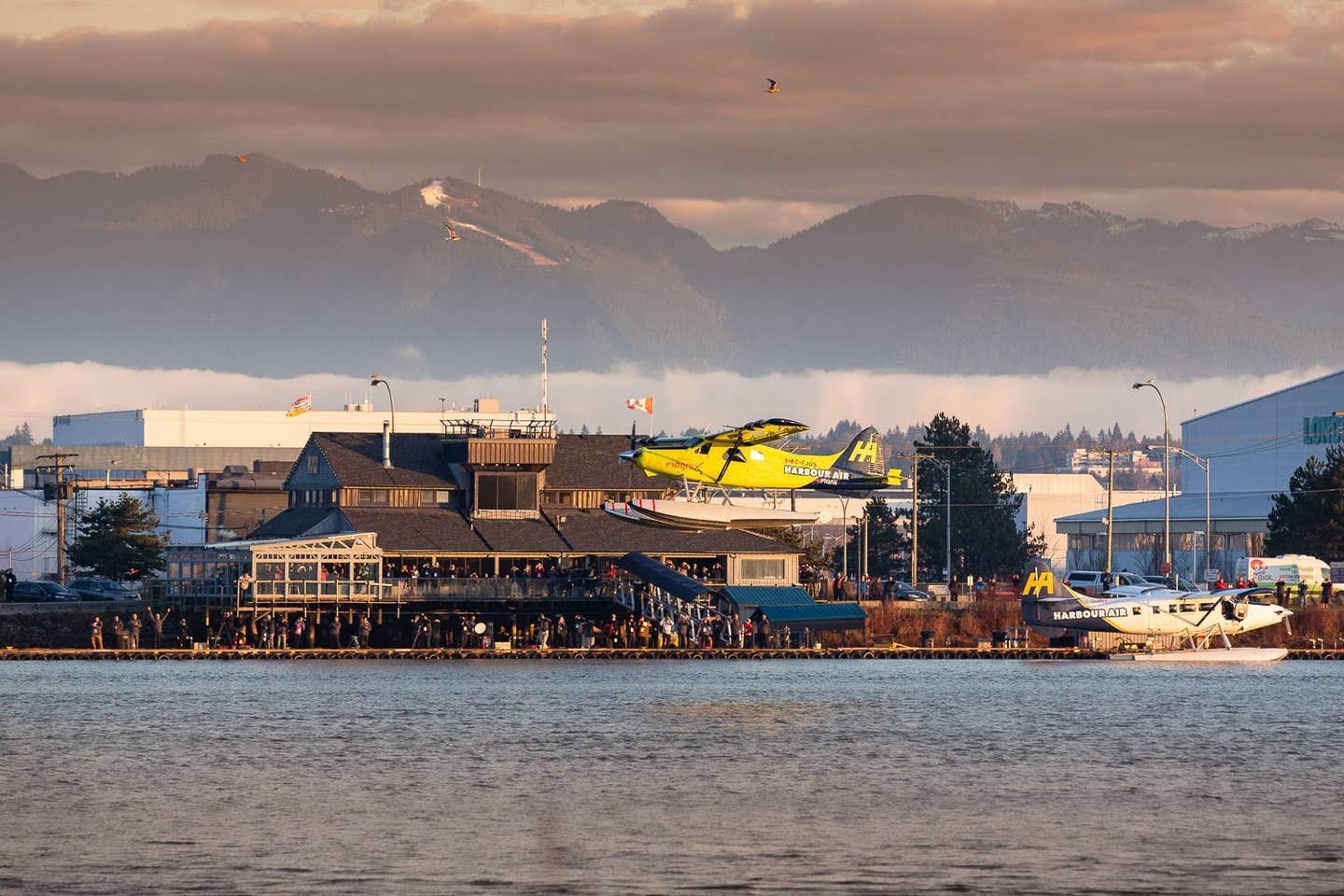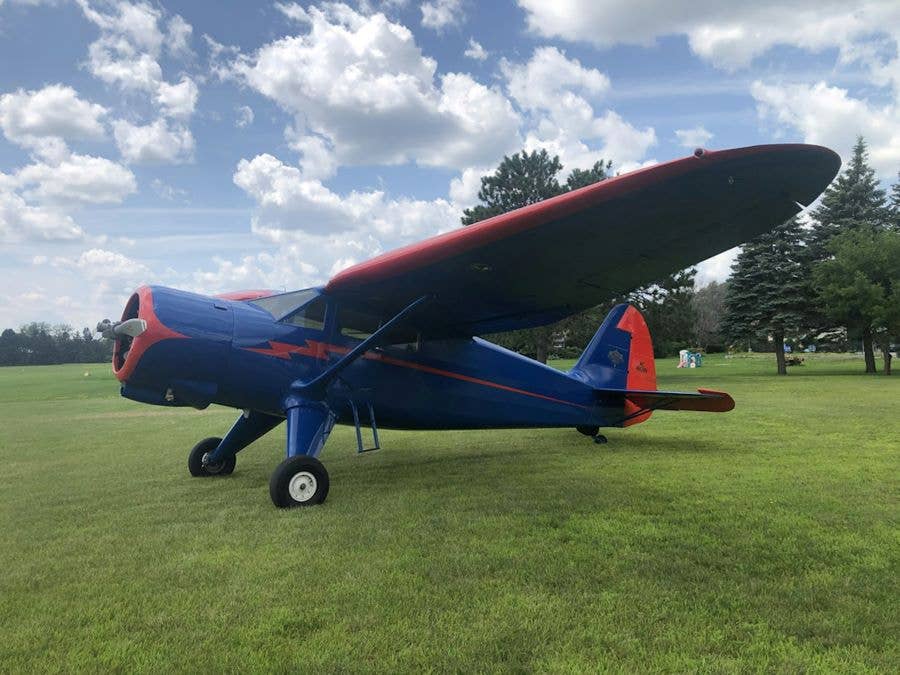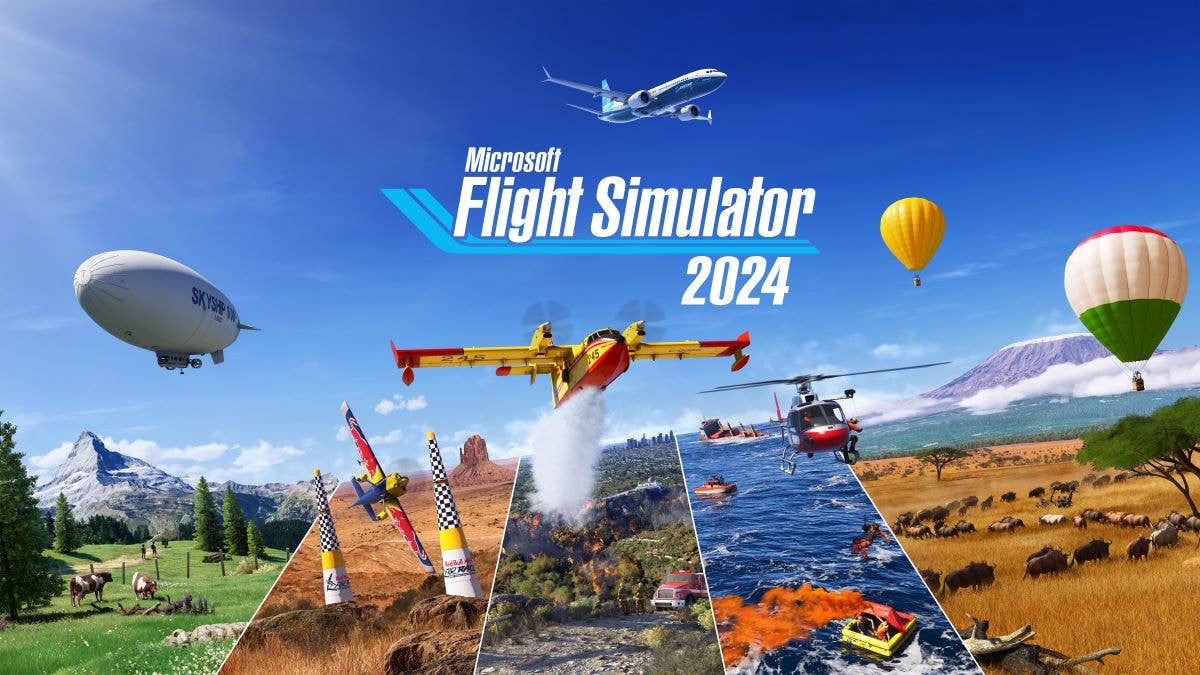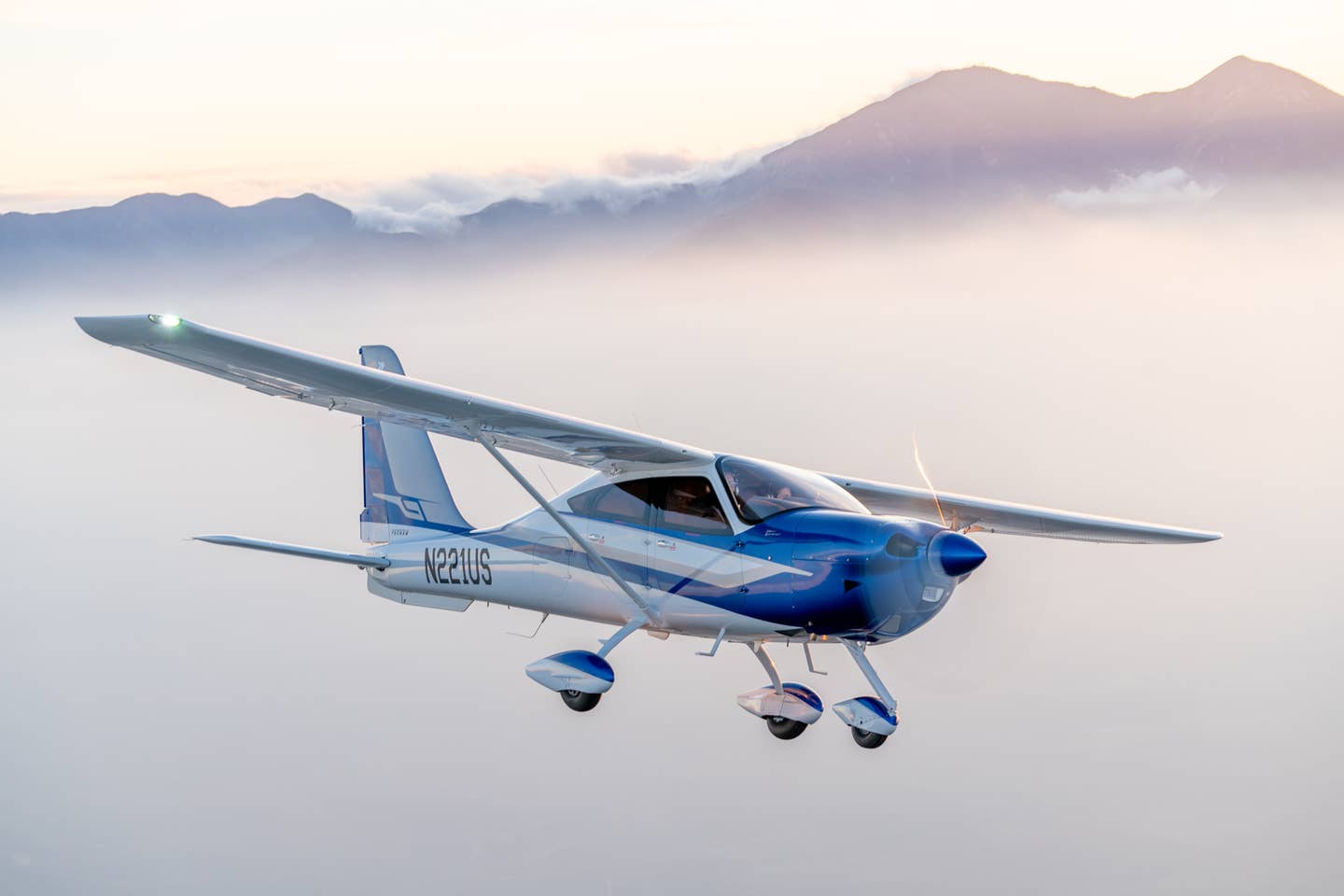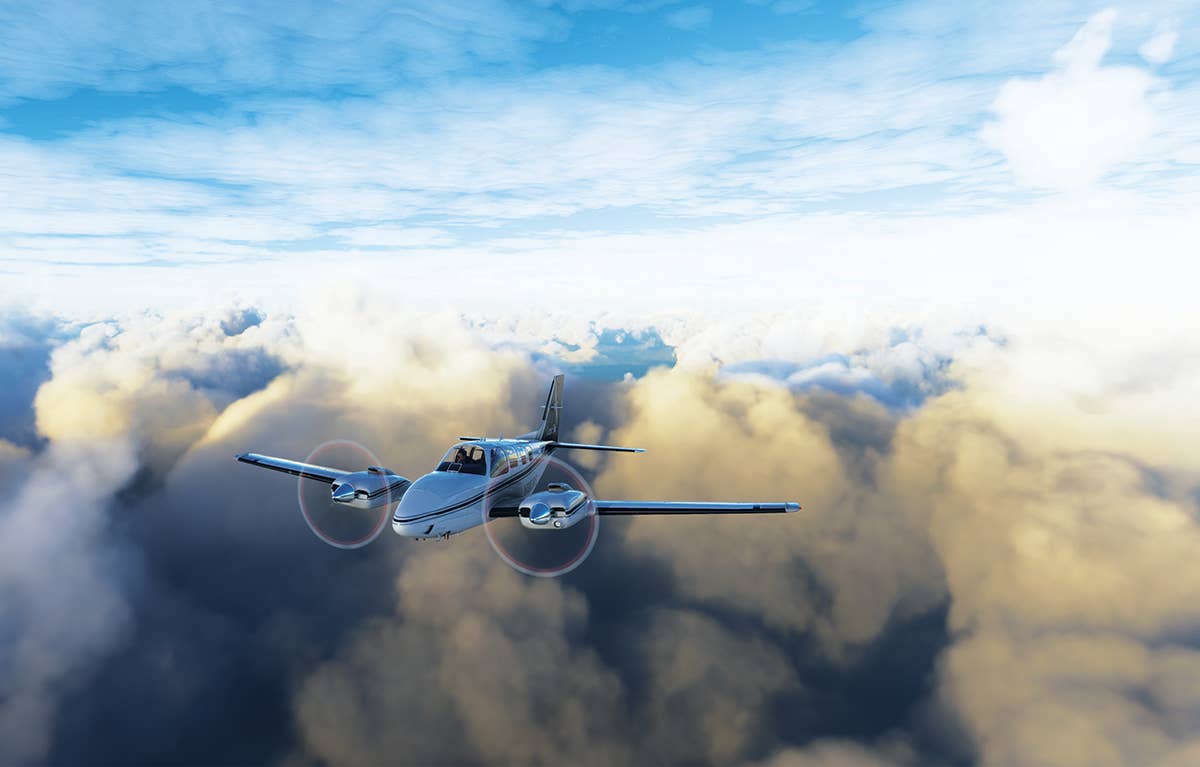
While at home simulators have their advantages, there’s nothing quite like being in the air. [Courtesy: Sean Siff]
My last official entry in my logbook as a real-world private pilot was in July 2019. The school where I was a renter had a Piper Arrow, and it was time for some recurrency training with my instructor. The intervening years since that flight passed quickly as my wife and I were focused on our two young children, balancing the obligations of our careers, navigating the COVID-19 experience, then moving to a new town. In May, a good friend invited me to join him on a night flight to help round out his flying requirements before starting his training program at a regional airline later this summer.
Thrilled with the chance to go flying again, I found my flight gear in the basement, grabbed my aviation headset, kissed my wife and kids good night, and hurried off to the airport to meet my friend.
If you're not already a subscriber, what are you waiting for? Subscribe today to get the issue as soon as it is released in either Print or Digital formats.
Subscribe NowAs I would be a front-seat passenger on the flight, I intended to observe the goings-on and effectively get a reintroduction to the world of GA that I had missed over the last few years. From previous articles, you may recall that I am a vocal proponent for the use of home flight simulation, a believer that the benefits of a modest setup can engage the user in aviation decision-making, learning, and fun. However, having not flown a real-world flight in four years, it felt like sufficient time had passed where I could be reminded and maybe surprised about some facets of the experience I had forgotten.
- READ MORE: To Providence or Bust, in Simulated Flight
Driving to the Airport
I did not expect to enjoy it, but the drive to the airport provided some post-workday decompression and reflection time. I’d be joining my friend at Plymouth Municipal Airport (KPYM), located 30 miles south of Boston on Massachusetts’ southeastern coast. Usually, the 90-plus-minute drive from my home to the airport would be arduous and traffic-filled, but the relatively late departure gave me an unusually stress-free drive. It felt great to have my flight gear on the seat next to me again, a little stiff and dusty from lack of use, but ready to go.
I used some of the windshield time to think ahead about where I could try and be a helpful addition to the flight. Pulling off the highway to stop for fuel, I opened ForeFlight to check the weather. Clicking on the “Imagery” tab, I reviewed the “CONUS Weather” section and then read the Boston and New York area TAFs and METARs.
Although my friend had already reviewed the weather, it helped to get my head back in the game. Before arriving at the airport, I took some time to recall some favorite flights when I was PIC, flying friends and family on short flights around New England. Flipping through those memories in my logbook, I realized this would be my first flight since my grandfather passed back in December 2020.
As was our tradition in his final years, I would write him a complete account of every flight so he could enjoy it vicariously. It was a small token of my appreciation for the gift of heavily subsidized flight training he and my grandmother had provided me when I was in high school. I am fortunate he lived a long life in which he shared flying memories, such as taking the F4U Corsair on training flights in the U.S. Navy during World War II.
Arriving at the airport, I had a few minutes to myself after parking at the hangar. Walking out to the airport fence, just as the sun sunk below the tree line, I reached into my jacket pocket to find a special artifact. I closed my hand around my grandfather’s pair of U.S. Navy wings he gave me for safekeeping. I looked out over the quiet evening of airplanes at rest in their tiedowns, a little bit of haze on the horizon lit up the sky in orange and dark pink. It was calm and peaceful, and I had forgotten how moving this scene could be at golden hour. In a few minutes, I would be on the fun side of the fence, getting to fly with a good friend in a gorgeous airplane on a near-perfect VFR evening.
The Preflight
Within a few minutes, my friend arrived, and I was trailing him through the ritual of the preflight and being reminded of how much I used to enjoy the process. Per the checklist, we started at the back of the leftwing, examining the aileron, flaps, and the assorted hardware. As we worked our way through the checklist to the right wing, I placed my hand on the leading edge and realized how much I missed the tactile connection with the airplane prior to flying it. The aircraft in Microsoft Flight Simulator 2020 and X-Plane 12 are faithfully digital replicas, down to the finest visual details, but there was joy again in physically prepping the machine that would soon take us aloft. Following my friend, I contorted myself below the wing. Assuming a push-up position next to the right tire, he showed me how to check the brake condition and then used the fuel strainer to sump the fuel. Then, we checked the oil, engine cowl, propeller, and the rest of the checklist items.
Satisfied the aircraft was ready to fly, my friend offered me the left seat for the evening. Soon we were taxiing ahead into the calm darkness of the night. No other aircraft were moving at KPYM and the unicom frequency was quiet, save for our radio calls.
Takeoff was exciting. The vibration of the engine at full throttle and acceleration into the climb were physical sensations I definitely missed from my previous years of flight simulation. To address this, I recently added an HF8 Haptic Gaming Pad by Next Level Racing to my home flight sim. The pad sits on top of your flight sim seat and is used across the gaming and simulation world to bring additional sensation to your in-sim experience. Using tunable vibrations within eight different locations on the pad, it cleverly alerts the user to physical changes occurring to the airplane in different phases of flight.
For example, flying my Cape Air-liveried Beechcraft 58 Baron in MSFS2020, there is a satisfying thump felt in the seat pad when the landing gear fully retracts into the fuselage and the doors close. It reminded me of when the gear doors closed in the Piper Arrow I flew a few years ago. The pad also activates when the flaps are lowered into the slipstream and when the aircraft engines are idling below 1,000 rpm. Also, the pad vibrates when rapid pitch changes occur, alerting you to the buildup of G-forces. Without a haptic pad, the dynamic changes to the airplane during flight could only be experienced visually or audibly, leaving out the rest of the body.
Night VFR
Back in the real world, we were cruising through night VFR conditions that couldn’t have been much better. The first major landmark below us was the yellow-lighted outline of the Newport Bridge in Rhode Island, pointing like an arrow due west toward the Connecticut coastline. From the air, we followed the glowing path of vehicle headlights traveling on Interstate Highway 95 South. The lights from cars, neighborhoods, and nearby towns flowed forward, ahead of the airplane, all the way to Manhattan, just barely visible on the horizon. We crossed over Westerly, and my friend confirmed that a small patch of lights off the left wing was Montauk on the most easterly tip of Long Island. Between us and that thin sliver of land were the waters of Long Island Sound, which seemed to reflect almost no light and were the deepest black, exactly like the night sky above. Looking beyond Montauk, the only lights were a few stars and distant airliners making their way to and from the New York City airspace.
Next, we flew over the city of Bridgeport, Connecticut, and were soon turning back toward KPYM, picking up Boston Approach on com 1 and passing over the Class Charlie airspace of nearby Providence, Rhode Island (KPVD). Twelve miles west of KPYM, we started looking for the airport, leaning forward in our belts and peering out into the murky darkness ahead. With only a crescent moon above us, there was just enough haze to make it slightly challenging to find the horizon. The Cirrus SR20’s MFD indicated exactly where the airport should be, so my friend dialed up the correct frequency, hit the push-to-talk switch seven times, and a dazzling blue jewel, made up of hundreds of individual airport lights, burst from the darkness, giving shape to the airport a few miles ahead. Looking out over the nose, I watched how the perspective of the runway changed as we descended to the touchdown point.
Comparing both the real-world landing with some recent night landings from the left seat in my sim, I was very impressed by MSFS2020’s faithful digital representation of that critical phase of flight. On your own home simulator, you can easily adjust and tune your field of view to work best for your specific monitor and hardware setup. A majority of the work can be done through simple adjustments of the slider bars. Tuning the field-of-view and camera settings in your simis time well spent since being able to look around your virtual cockpit easily is critical to improving immersion and having an enjoyable experience.
After landing, we taxied back, shut down, and began the postflight activities of putting the aircraft back in the hangar for the evening. I was grateful for my friend’s invitation to join him and the subsequent reintroduction to GA and night VFR flying. All of my flight sim experiences at home are solo, except for the live communication with volunteer controllers, and a highlight of this flight was getting to catch up with my friend in person. It was all the more special knowing his departure to airline training would be coming this summer, making opportunities to fly together more scarce. After four years away from GA, I realized how much of the flight experience I had missed, both the familiar and unexpected. But being back at the airport, I felt like I was home again—and it felt great.
Hardware Recommendations
Gaming PC: This article was written during my switchover to a new Doghouse Systems gaming PC. John Pryor, Doghouse Systems owner and founder, specifically built the PC to tackle the graphic demands of Microsoft Flight Simulator 2020, significantly shortening the load time and allowing its highest graphics settings to be utilized. I have been busy tuning the graphics and switching over the flight controls and avionics. Having been an X-Plane user since 2015, I am learning the finer points of MSFS2020. If you’re in the market for a home flight simulator, look at Doghouse Systems custom-built gaming PCs.
HF8 Haptic Gaming Pad: I am really enjoying the recent addition of this upgrade to my flight sim seat. After installing the driver required to make it run with MSFS2020, I plan to use it on every flight. Even a Class D level simulator can’t replace the physical sensations of flying, but that isn’t the point of the pad. When I add new hardware to my sim, I do so hoping it will provide incremental improvements in the form of additional fun, greater immersion, or a new challenge—and the sensor pad checks those boxes.
This article first appeared in the August 2023/Issue 940 print edition of FLYING.
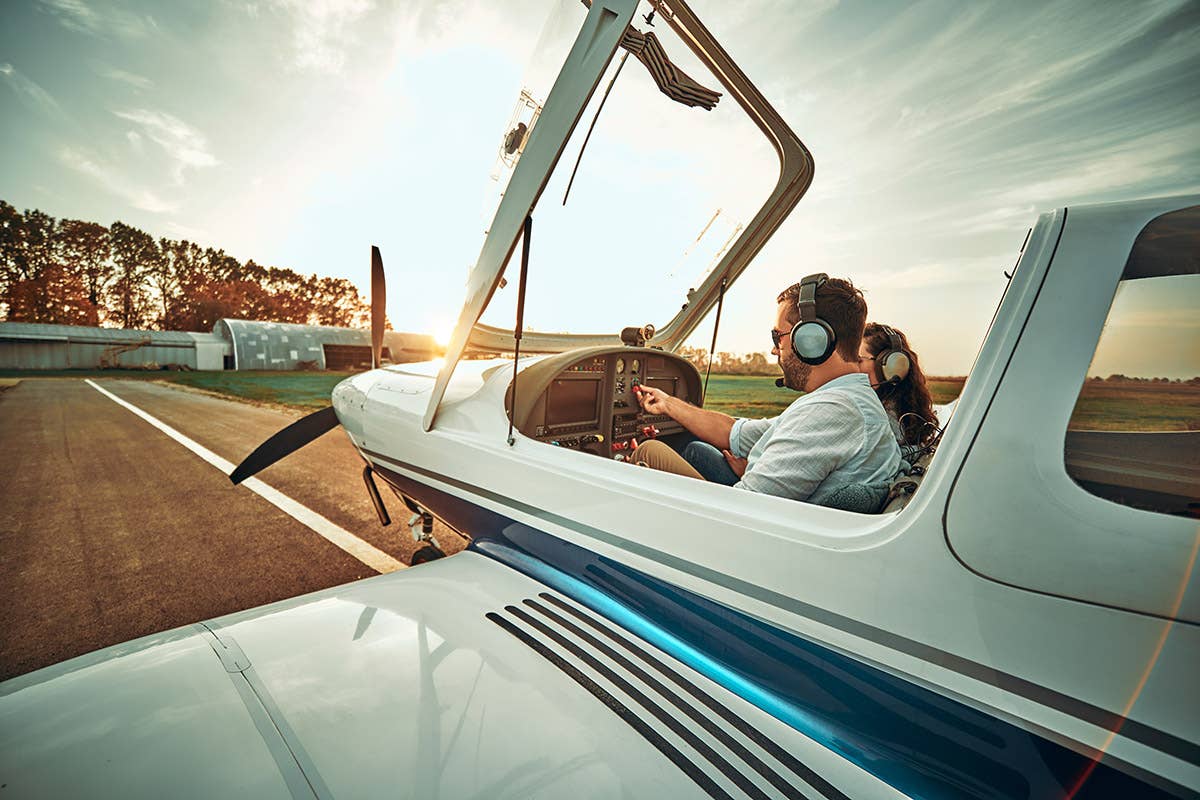
Subscribe to Our Newsletter
Get the latest FLYING stories delivered directly to your inbox



